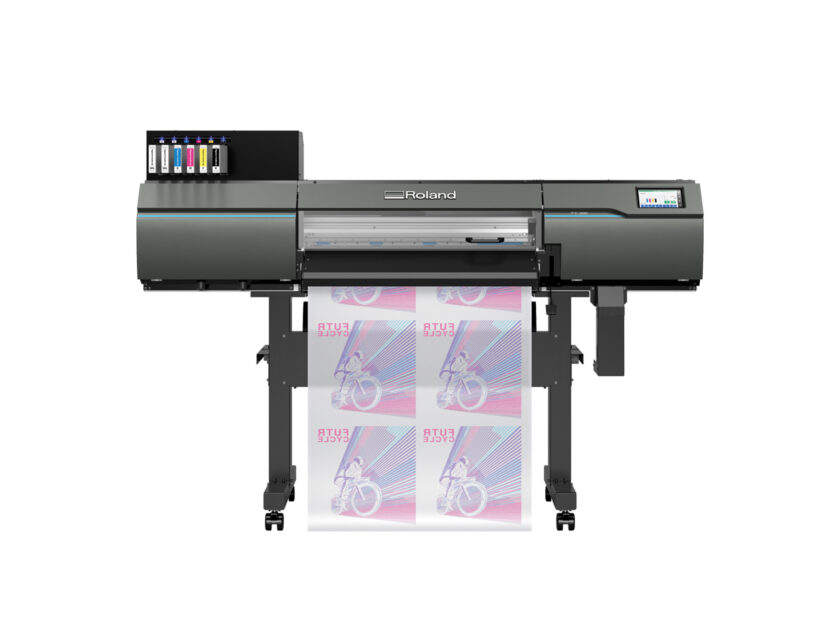Key Takeaways:
• Mixed media designs add texture, depth, and perceived value that allow you to charge premium prices.
• Special effect HTV works best as a complement to DTF. Use it to enhance key elements without overcomplicating the design.•
• Test before production to ensure compatibility and preserve quality across every order.

Direct-to-film (DTF) is everywhere. That’s why decorators are looking for alternatives like mixed media techniques to break through the noise with textures and effects. It’s always about finding finishes that get noticed and get results.
DTF has dominated the apparel decoration industry in recent years, and for good reason. Its versatility, efficiency, and vibrancy have made it a go-to for businesses. We’ve also seen new decorators in the industry use it as the default, one-size-fits-all decoration method for their business. But as more businesses adopt DTF, it’s becoming harder to stand out. That’s where mixed media printing comes into the picture.
Combining DTF decoration with special-effect finishes allows you to create standout apparel that can be sold at a premium price. While mixed media was once primarily used with heat transfer vinyl (HTV), many decorators moved away from it as DTF grew in popularity due to its cost and production efficiency.
Today’s decorators can tap into the best of both worlds. By combining the benefits of DTF with eye-catching finishes, you can deliver elevated looks with less time, effort, and expense. A new era of mixed media is here — here’s how to make it part of your offering.
Read the rest of this story on Apparelist.



